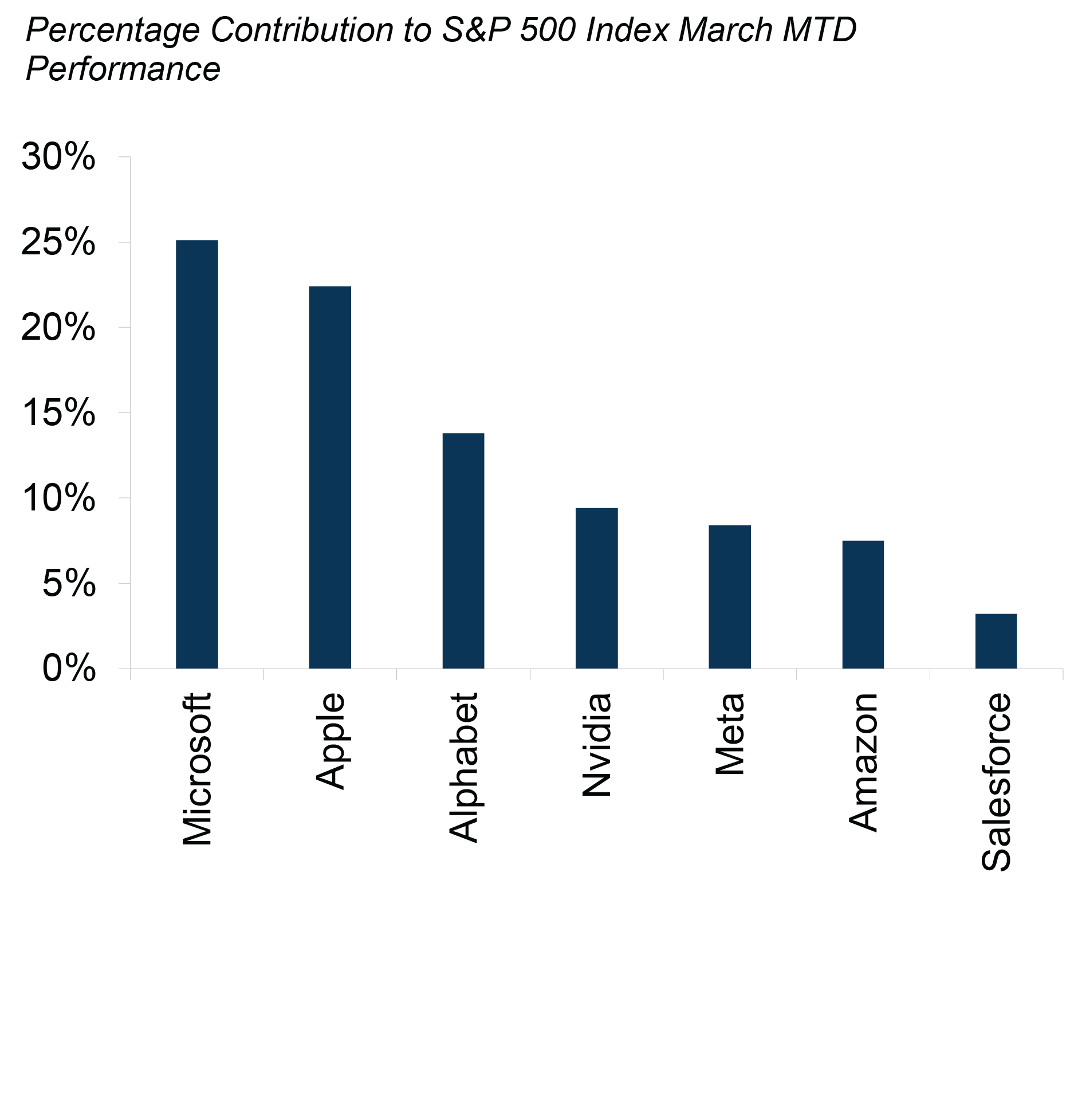Gold has long been regarded as a safe haven investment, a tangible asset that can provide stability during times of economic uncertainty. However, it’s important to consider the opportunity cost of investing in gold, as it is a non-generating asset. While gold may hold its value, it does not generate any income or dividends like stocks or bonds. This means that while you may see your investment hold steady or even appreciate in value, you are missing out on potential income generation from other investments. In this blog, we will explore the opportunity cost of investing in gold and why it’s crucial to consider the alternatives before diving into this shiny yellow metal. So, let’s get started and uncover the hidden costs of owning gold.
1. The Nature of Gold
Gold is a precious metal that has captivated humanity for centuries. Its unique properties and historical significance make it a valuable resource and a popular investment choice. In this article, we will explore the physical properties of gold, its historical use, and its role as a store of value.
1.1 Physical Properties of Gold
Gold is known for its distinct yellow color and shiny appearance, which sets it apart from other metals. It is highly dense, malleable, and resistant to corrosion, making it durable and long-lasting. These physical properties make gold ideal for jewelry and decorative purposes.
Additionally, gold conducts heat and electricity effectively, making it valuable in various industrial applications. Its conductivity has led to its use in electronic devices, such as smartphones and computers.
1.2 Historical Use of Gold
Throughout history, gold has been sought after and cherished by civilizations worldwide. Ancient Egyptians, Greeks, and Romans used gold for ornamental purposes, religious offerings, and as a symbol of wealth and power. Gold coins were also commonly used as a medium of exchange in trade.
In more recent times, gold played a crucial role in the international monetary system. Under the gold standard, currencies were directly linked to gold at a fixed exchange rate. This system provided stability and confidence in the value of money.
1.3 Gold as a Store of Value
One of the key characteristics of gold is its role as a store of value. Unlike paper currencies, which can be easily printed and devalued, gold has maintained its worth over time. This stability has made it a reliable store of wealth for individuals and nations alike.
During times of economic uncertainty or financial crises, investors often turn to gold as a safe-haven asset. Its historical track record of preserving value makes it an attractive option for mitigating risk and protecting against inflation.
2. The Appeal of Gold as an Investment
Gold’s allure as an investment extends beyond its historical significance. It offers several advantages that make it an appealing choice for investors seeking stability and diversification in their portfolios.
2.1 Safe-haven Asset
Gold is widely regarded as a safe-haven asset during times of market volatility or geopolitical tension. When stock markets plunge or currencies weaken, investors often flock to gold as a hedge against uncertainty. The demand for gold typically increases during these periods, driving up its price.
2.2 Diversification Benefit
Including gold in an investment portfolio can provide diversification benefits. While stocks and bonds are subject to market fluctuations, gold often exhibits a different price movement pattern. This lack of correlation can help reduce overall portfolio risk and enhance potential returns.
2.3 Long-term Investment
Investing in gold can be seen as a long-term strategy to preserve wealth. Its historical performance suggests that it can act as a store of value over extended periods. By embracing a long-term perspective, investors can position themselves to benefit from potential price appreciation and inflation protection.
3. Lack of Cash Flow
One important characteristic of gold that distinguishes it from other investments is its lack of cash flow. Understanding the concept of cash flow is essential in evaluating the merits of investing in gold.
3.1 Understanding Cash Flow
Cash flow refers to the amount of money generated by an investment through dividends, interest, or rental income. Investments that generate cash flow provide investors with regular income and the potential for compounding returns.
3.2 Gold as a Non-yielding Asset
Unlike stocks, bonds, or real estate, gold does not generate any cash flow. It does not pay dividends, interest, or rental income. This means that investors solely rely on changes in the price of gold to make a profit. The price appreciation of gold is the primary driver of returns in gold investments.
4. Opportunity Cost
When considering investing in gold, it is crucial to evaluate the opportunity cost. Opportunity cost refers to the potential benefits forgone by choosing one investment option over another.
4.1 Definition of Opportunity Cost
Opportunity cost represents the returns or benefits that an investor might have received from an alternative investment. It is the measure of what is sacrificed when choosing one investment over another.
4.2 Evaluating Financial Trade-offs
Investors must carefully weigh the potential benefits and drawbacks of investing in gold compared to other investment options. For example, allocating a significant portion of a portfolio to gold may mean missing out on potential higher returns from stocks or real estate.
4.3 Comparing Gold to Other Investments
When comparing gold to other investments, it is essential to consider the specific features and characteristics of each asset class. Stocks offer the potential for capital appreciation and dividends, while bonds provide income through periodic interest payments. Real estate, on the other hand, can provide a combination of rental income and potential value appreciation. Each investment option carries its unique set of risks and rewards.
5. No Dividends or Interest
As mentioned earlier, gold does not generate any dividends or interest income. This poses a significant difference when considering investment options.
5.1 Cash Flow from Dividend-paying Stocks
Dividend-paying stocks can provide investors with regular income in the form of cash dividends. This income can be reinvested or used to cover living expenses. Dividend payments are typically made by profitable companies that share a portion of their earnings with shareholders.
5.2 Income from Bonds and Interest-bearing Assets
Bonds and other interest-bearing assets provide investors with fixed income payments in the form of periodic interest. The interest rate is predetermined and represents the compensation for lending money to the issuer. This predictable income stream can be attractive to investors seeking a stable source of cash flow.
6. Limited Growth Potential
While gold has historically retained its value, it may not offer the same growth potential as other investments.
6.1 Capital Appreciation with Stocks
Investing in stocks allows investors to participate in the growth and profitability of companies. As successful companies expand and generate higher profits, the value of their stock tends to increase. This capital appreciation can result in significant returns over the long term.
6.2 Real Estate as an Investment Option
Real estate investments offer the potential for both income and capital appreciation. Rental income from properties can provide a steady cash flow, while property values may appreciate over time. Real estate investment trusts (REITs) also allow investors to gain exposure to the real estate market without directly owning physical properties.
7. Holding Costs and Maintenance
Investing in gold comes with certain costs and responsibilities that may affect overall returns.
7.1 Storage and Security Expenses
Physical gold requires storage to ensure its safety and protection from theft. Whether stored at home or in a secure facility, storage costs can eat into investment returns. Additionally, investing in secure storage solutions adds to the overall expenses associated with holding gold.
7.2 Insurance and Maintenance Costs
Insurance is another consideration when investing in gold. Protecting gold against loss or damage may require additional insurance coverage, further adding to the overall costs. Additionally, the maintenance of physical gold, such as cleaning and upkeep, may require time and effort.
8. Price Volatility
Gold prices can be subject to significant fluctuations, influenced by various factors.
8.1 Understanding Market Fluctuations
The price of gold is primarily determined by the forces of supply and demand in the global market. Factors such as economic conditions, geopolitical events, and investor sentiment can drive price volatility. Understanding market fluctuations is crucial for investors to navigate the ups and downs in gold prices.
8.2 Impact of Global Events on Gold Prices
Geopolitical events, such as political instability, wars, and economic crises, often have a direct impact on gold prices. During times of uncertainty, investors tend to flock to gold as a safe-haven asset, driving up its price. However, once stability is restored, gold prices may experience downward pressure.
9. Regulatory Risks and Taxation
Investing in gold is subject to regulatory risks and may have tax implications, depending on the jurisdiction.
9.1 Government Policies and Regulations
Government policies and regulations can impact the supply and demand dynamics of gold. Changes in mining regulations, import/export restrictions, or regulations on gold trading can affect the availability and cost of gold. Investors must stay updated on regulatory changes that may impact their gold investments.
9.2 Tax Implications of Gold Investments
The tax treatment of gold investments can vary depending on the jurisdiction and the specific type of investment. Capital gains tax may apply when selling or disposing of gold. Additionally, certain countries may impose VAT or sales tax on the purchase of gold. Investors should consult with tax professionals to understand the tax implications of their gold investments.
10. Inflation Hedge Debate
One of the key arguments for investing in gold is its ability to act as a hedge against inflation. However, this topic is subject to debate among economists and investors.
10.1 Historical Performance of Gold during Inflation
Gold’s historical performance during periods of high inflation has been mixed. While it has preserved value and experienced price appreciation during some inflationary periods, it has also encountered periods of stagnation. The effectiveness of gold as an inflation hedge is influenced by various factors, including supply and demand dynamics, monetary policies, and market sentiment.
10.2 Alternatives to Gold for Inflation Protection
Investors seeking inflation protection can consider alternative assets, such as inflation-protected bonds (TIPS), real estate, or commodities. These assets may offer different characteristics and potential returns compared to gold. Diversifying across multiple inflation-hedging assets can help mitigate risks and increase the chances of preserving purchasing power.
In conclusion, investing in gold is a decision that requires careful consideration of its unique characteristics, risks, and potential rewards. It can serve as a reliable store of value and provide diversification benefits in an investment portfolio. However, it is crucial to be aware of the lack of cash flow, opportunity cost, limited growth potential, holding costs, price volatility, regulatory risks, taxation, and the ongoing debate surrounding its effectiveness as an inflation hedge. By thoroughly understanding these factors and conducting thorough research, investors can make informed decisions when considering gold as an investment option.



